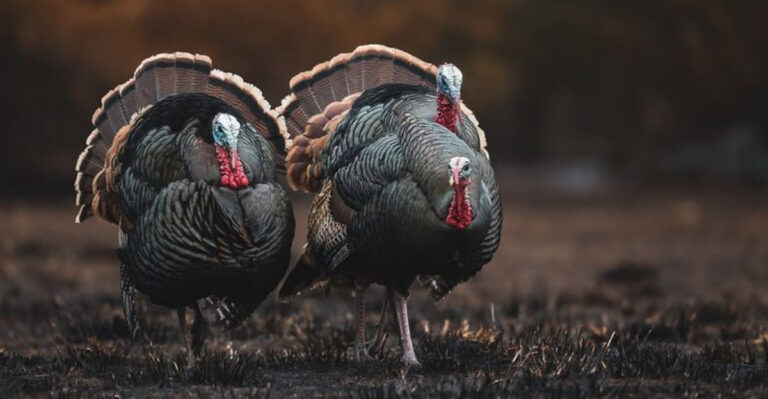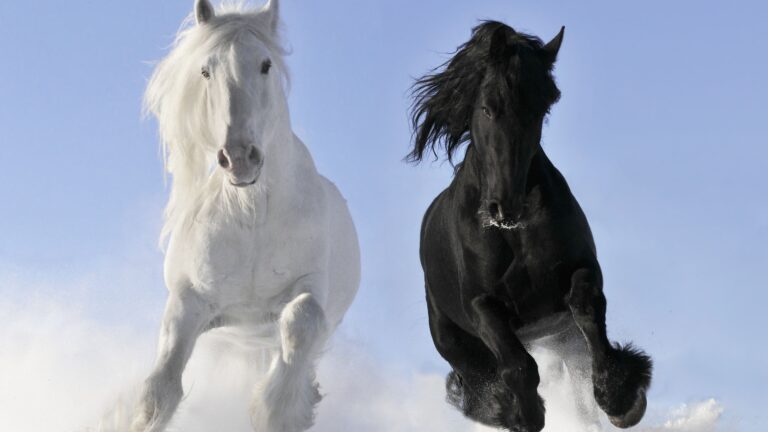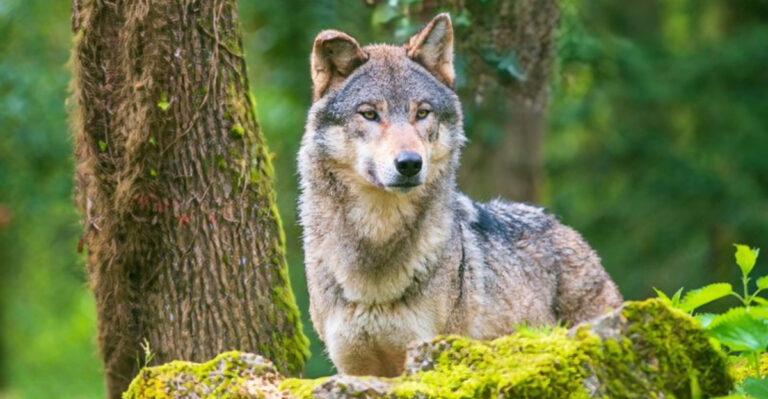What If the Tasmanian Tiger Never Went Extinct? 15 Traits That Would Still Amaze Us Today
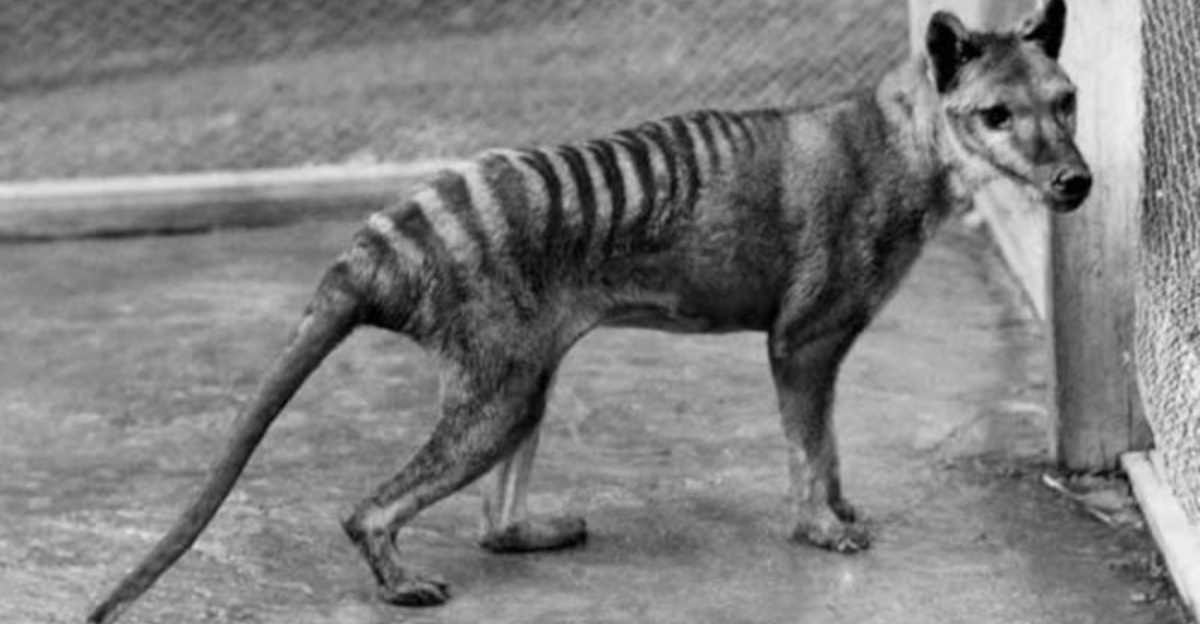
Imagine walking through the Tasmanian wilderness and spotting a striped, dog-like creature with a pouch – the mysterious thylacine.
This unique marsupial disappeared from our world in 1936, but its remarkable features continue to captivate scientists and animal lovers alike.
If these amazing creatures still roamed today, these extraordinary traits would leave us in awe of nature’s incredible design.
1. Jaw-Dropping Gape

Ever seen a creature open its mouth 120 degrees wide? Thylacines could unhinge their jaws to an almost impossible angle, wider than any living mammal today.
This extraordinary ability helped them tackle prey of various sizes. Imagine watching this remarkable feat at your local zoo – children would be absolutely mesmerized!
2. Surprising Dual-Gender Pouch Feature
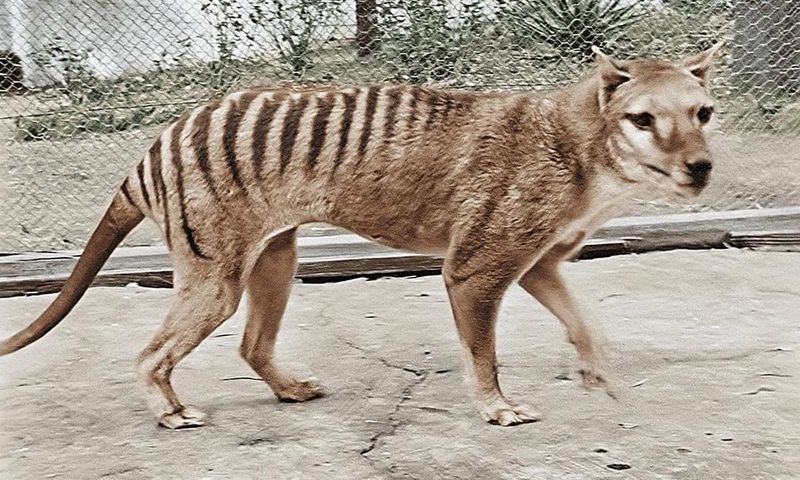
Unlike kangaroos, male thylacines sported backward-facing pouches too! These peculiar pockets weren’t for carrying babies but served as protective coverings for external reproductive organs.
Scientists still debate their exact purpose. This unusual feature sets them apart from nearly every other marsupial on the planet.
3. Nature’s Perfect Copycat
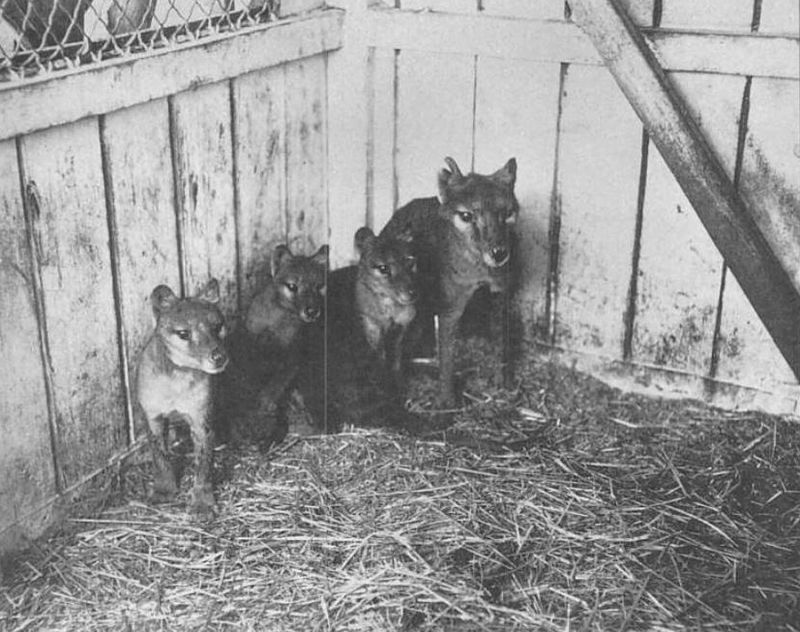
Talk about evolutionary déjà vu! Despite zero genetic relationship to canines, thylacines evolved to look remarkably like wolves and dogs.
This mind-blowing example of convergent evolution shows how similar environmental pressures create similar solutions. Their skull structure, hunting style, and body shape mirrored canines despite 160 million years of separate evolution!
4. Kangaroo-Style Hopping Ability
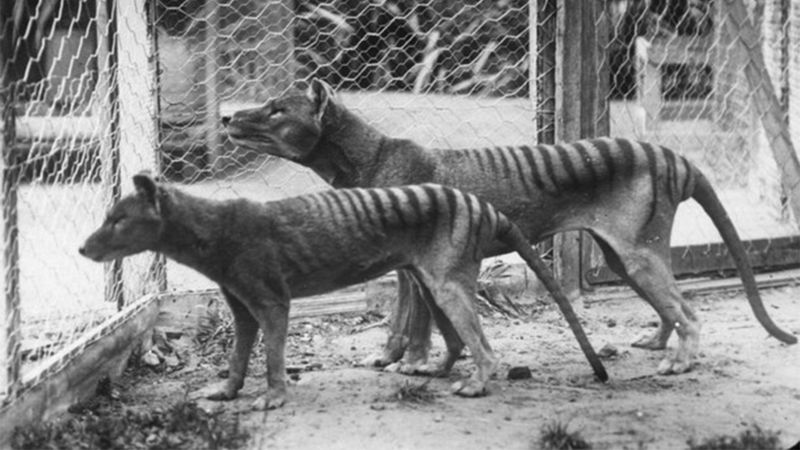
Surprise! These dog-lookalikes could actually hop like kangaroos when they needed to move quickly.
Historical accounts describe thylacines rising on their hind legs and making impressive kangaroo-like bounds. This unusual locomotion method combined with their typical four-legged gait gave them versatility that modern predators lack.
5. Built-In Temperature Regulation
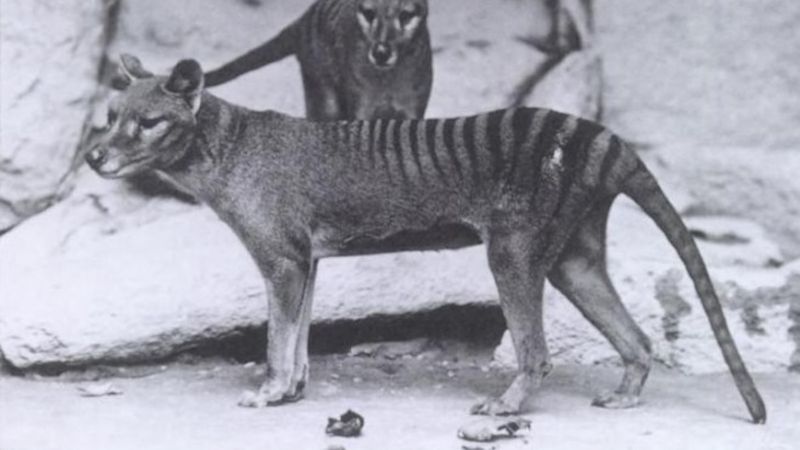
Forget sweaters! Thylacines had an incredible ability to adapt to dramatic temperature swings across Tasmania’s varied climate.
Their specialized fur contained two distinct types of hair that trapped heat differently based on the season. This natural thermostat let them thrive in both snow-dusted mountains and warmer coastal regions without breaking a sweat.
6. Nighttime Glow Eyes
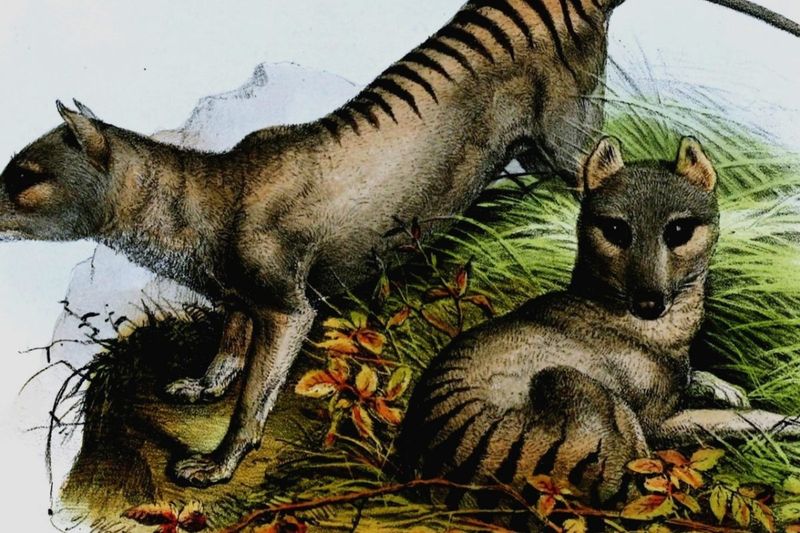
Picture walking through the Tasmanian bush at night and seeing eerie, glowing eyes watching you! Thylacines had exceptional night vision with a reflective layer called tapetum lucidum.
This mirror-like structure bounced light back through their retinas twice, giving them superb hunting abilities in near-total darkness. Their eyes would shine bright green when caught in torchlight.
7. Stripes As Unique As Fingerprints
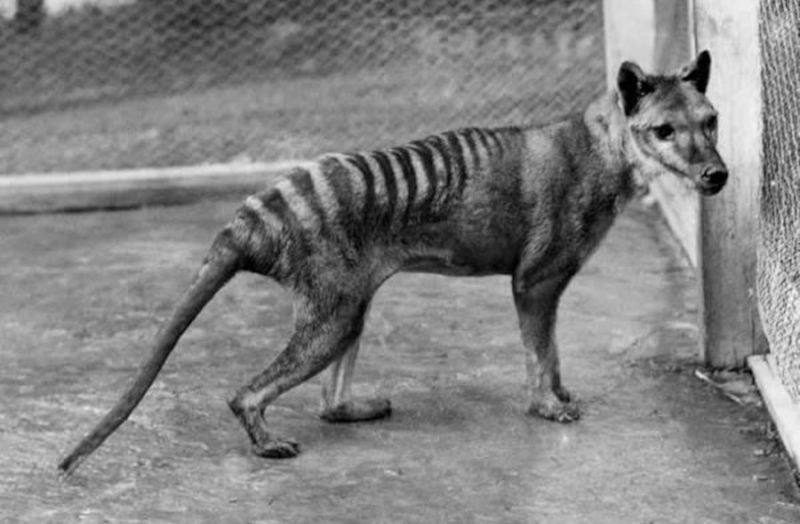
Those famous stripes weren’t just for show! Each thylacine’s pattern was completely unique – like a marsupial barcode.
Scientists studying preserved specimens discovered no two tigers shared identical stripe patterns. Researchers today would use these distinctive markings to identify individuals in the wild, similar to how we track zebras and tigers.
8. Super-Sensitive Whiskers
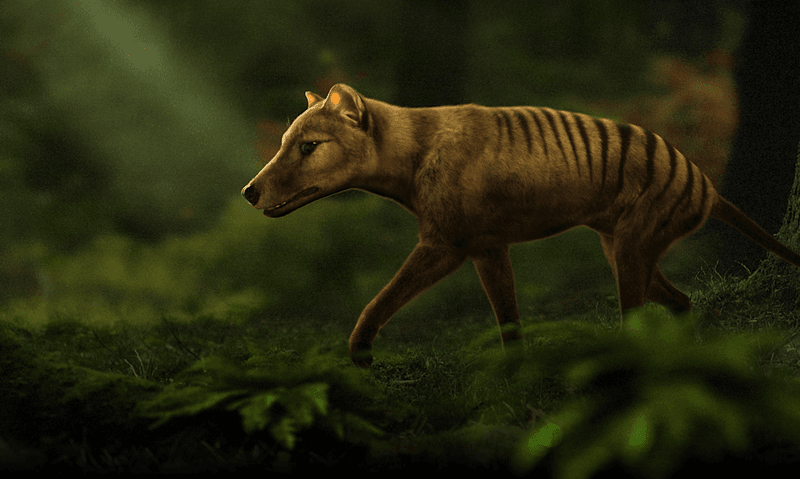
Those prominent whiskers weren’t just for show! Thylacines possessed some of the most sensitive vibrissae (whiskers) in the animal kingdom.
These specialized hairs could detect minute air movements, helping them track prey in complete darkness. They could literally feel their dinner moving from several feet away – a sixth sense that modern predators would envy.
9. Tail That Defied Gravity
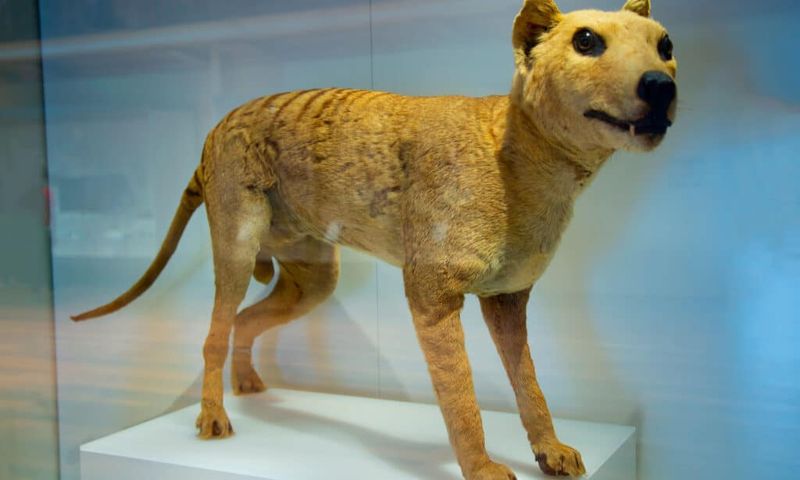
Balance masters! Their stiff, kangaroo-like tail acted as a perfect counterweight when running or standing upright.
Unlike flexible dog tails, the thylacine’s tail contained special cartilage that kept it rigid. This allowed them to make sharp turns while chasing prey and maintain balance when standing on hind legs to survey their territory.
10. Nature’s Silent Stalker
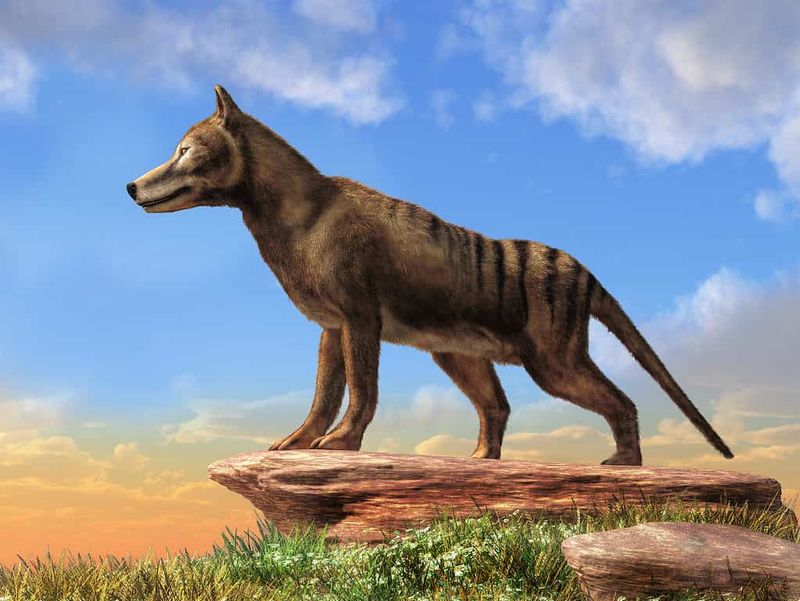
Ghostly quiet! Thylacines had specialized foot pads that made them virtually silent while hunting.
Their unique paw structure absorbed sound and vibration, allowing them to stalk prey without detection. Historical accounts describe them as “appearing out of nowhere” – a trait that would make them the ultimate wildlife viewing challenge today.
11. Pouch Babies With X-Ray Vision

Baby thylacines developed a bizarre superpower! Their skin was so thin that their internal organs were visible through it.
This transparency gave joeys a strange, almost alien appearance. As they matured inside the mother’s pouch, observers could actually watch their hearts beating and food moving through their digestive systems – nature’s own window into development.
12. Built-In Weather Forecasters

Farmers who lived alongside thylacines swore these animals could predict weather changes days in advance.
They reported thylacines changing their hunting patterns and seeking shelter before storms that weren’t yet visible on the horizon. This remarkable sensitivity to barometric pressure changes would make them natural meteorologists in today’s world.
13. Vocal Range Rivaling Opera Singers
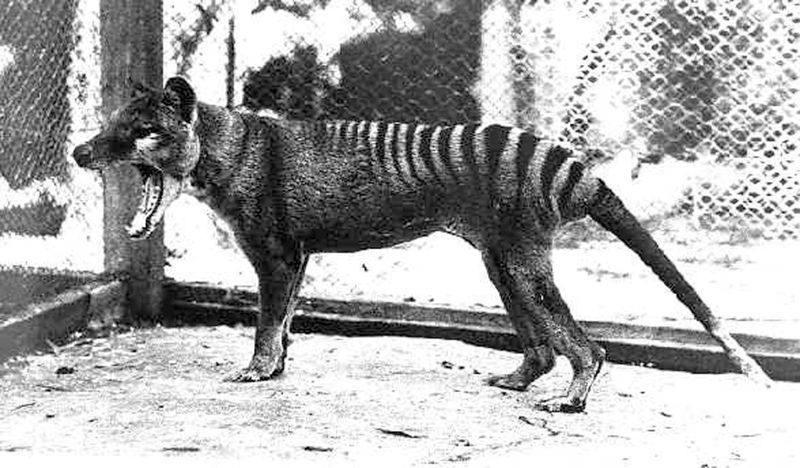
Forget wolf howls! Thylacines produced vocalizations unlike any living creature today.
From bird-like coughs to terrifying screams and soft cub-calling purrs, their vocal repertoire spanned an incredible range. Zoologists believe they used different sounds for specific hunting strategies and complex social communication that we’re still trying to understand from limited recordings.
14. Memory Champions Of The Animal Kingdom
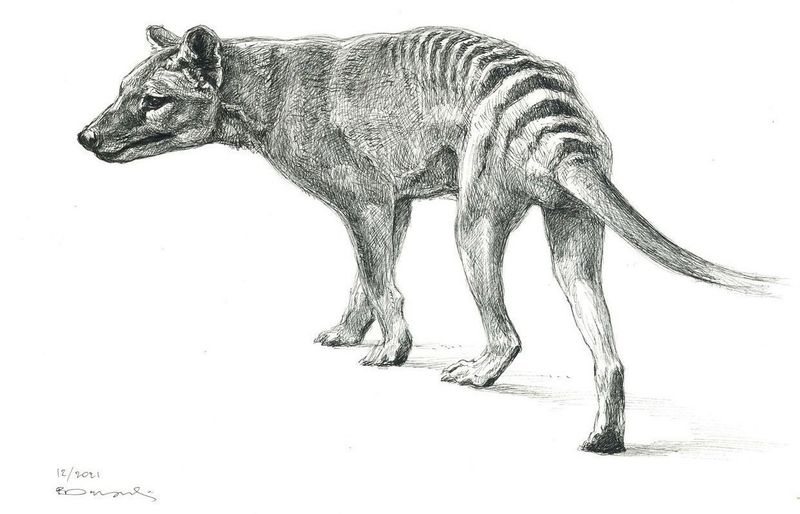
Sharp as tacks! Thylacines possessed extraordinary spatial memory, remembering complex hunting routes and territory boundaries for years.
Zoo specimens demonstrated problem-solving abilities comparable to wolves and dingoes. They could recall the locations of food caches over vast territories and navigate back to dens across challenging terrain without hesitation.
15. Seasonal Color-Changing Coat
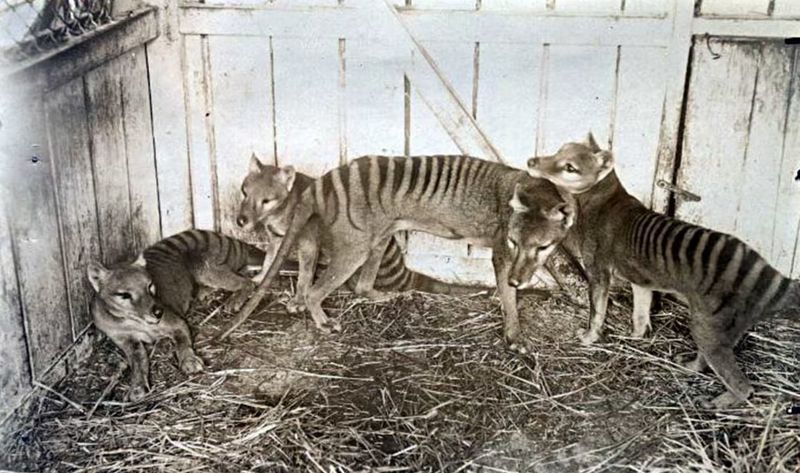
Fashion-forward before it was cool! Thylacines naturally changed their coat color with the seasons.
Summer brought a lighter, more reddish-tan appearance, while winter coats grew thicker and darker with more pronounced stripes. This seasonal camouflage adaptation helped them blend perfectly into Tasmania’s changing landscape throughout the year.


